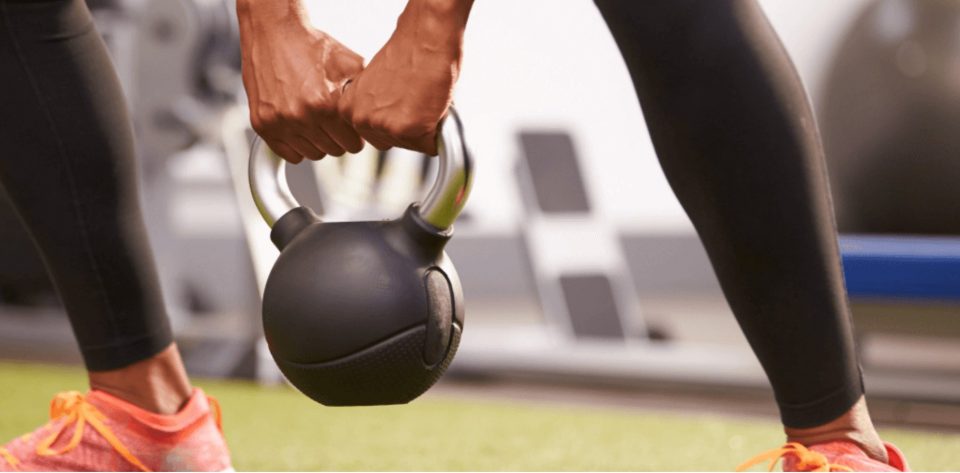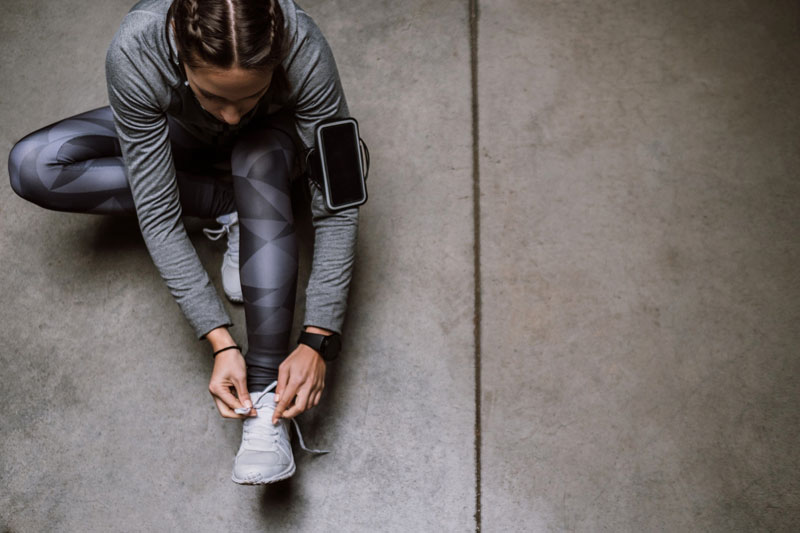WHY DO MY KNEES HURT?
Patellofemoral Syndrome
Knees are often an area that individuals complain of having pain in. There are many reasons why knees can cause aches and pains, and, in this article, we will be looking at Patellofemoral Syndrome.
Patellofemoral Syndrome is diagnosed pain on the kneecap/patella region of the leg. This is also referred to as ‘Runners knee’ or “jumpers’ knee”. The exact cause is not understood but most often it is the result of an actual impact/fall on the knee or degeneration from impact on the knee, often sports like running or jumping. Some individuals are affected after surgery on their leg and most often it can be caused due to a muscular imbalance/weakness that has not been addressed leading to pressure build up, pain and inflammation in that area. Sometimes Patellofemoral Syndrome can also affect those that are not active and have had trauma to the knee.
Our knee is one of the most complicated joints in the body as it connects the upper leg to the lower leg. The anatomy of the knee is rather complicated but to better understand the patella it is important to know that it rests on a grove called the trochlea. To enable smooth tracking and movement of the patella as you move, articular cartilage covers this area. Synovium fluid also aids in smooth movement of this area.
If this cartilage/synovium breaks down or wears away for whatever reason, the nerves in the knee sense pain and can then lead to Patellofemoral Syndrome. There are no nerves in the cartilage itself but inflammation in the bone and synovium can cause the pain.
The kneecap is designed to track smoothly but sometimes it doesn’t and this can also cause pain. A malalignment of the patella is when the kneecap tracks incorrectly on the trochlea, causing pain. This is often caused by poor alignment in the hip area or a muscular imbalance.
The pain experienced with Patellofemoral Syndrome can vary from slight to excruciating and often flairs up when moving, particularly walking up and down stairs or performing movements that require you to bend your knee.
Most remedies to help reduce pain and inflammation for Patellofemoral Syndrome can be done without surgery but in extreme cases, surgery is an option.
Best home remedies include:
- Physical therapy to better align joints tendons & ligaments & strengthen muscles and improve muscular imbalances.
- Introducing low impact activities to reduce excess weight gain and stay healthy
- RICE (Rest, Ice, Compress & Elevate)
- Anti-inflammatory medications or pain relief i.e. ibuprofen
If none of these offer relief, you may need to go get an examination from a doctor or knee specialist. This could be a manual examination whereby the doctor can feel something is wrong or you may be required to have an X-Ray or ultrasound on the knee.
In severe cases, surgery is required. The surgeon will use and arthroscope (small camera inserted in the knee) and either remove some of the damaged cartilage (Debridement) or loosen tissue pulling the patella and causing too much pressure (also known as lateral release).
If you think you may have Patellofemoral Syndrome, we always suggest trying home remedies first and if these don’t help, go see a doctor.







